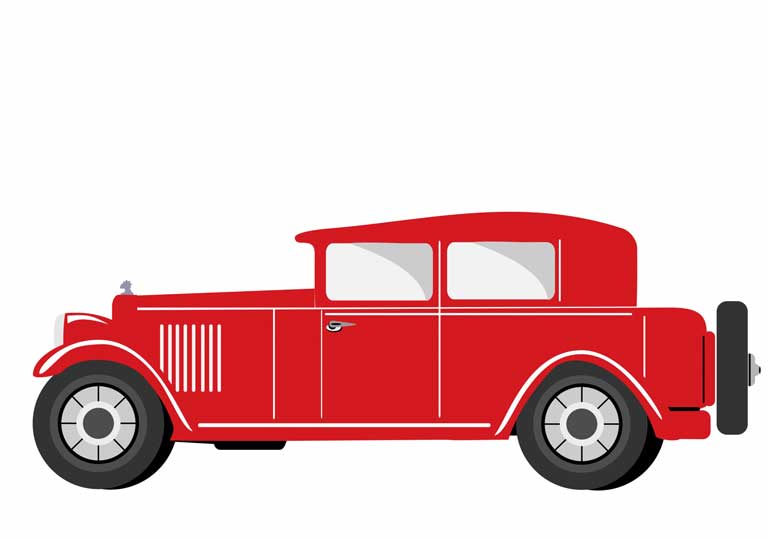Chemistry µGCSE:Crude Oil
10 quick questions - for GCSE and iGCSE
10 minutes maximum! Can you do it in 5? |
|||||||||||||||||
| 1. This jar contains crude oil. |
|
||||||||||||||||
1. Crude oil is a ...
| |||||||||||||||||
2. Hydrocarbons are molecules containing ...
| |||||||||||||||||
3. Crude oil is separated using the process of ...
| |||||||||||||||||
Q4-6 Crude oil is separated into several fractions. From the list given, select the fraction which is ...
|
 |
||||||||||||||||
| 4. ...most flammable? | |||||||||||||||||
| 5. ...used to surface roads? | |||||||||||||||||
| 6. ...used as fuel for cars? | |||||||||||||||||
7. As hydrocarbon molecules increase in size the boiling point and viscosity change in the following way:
| |||||||||||||||||
Q8-10 refer to the process of catalytic cracking of the long chain fractions from crude oil. |
|||||||||||||||||
8. In catalytic cracking long chain alkanes are converted into ...
| |||||||||||||||||
9. The conditions for catalytic cracking are ...
| |||||||||||||||||
10. The catalytic cracking of decane (C10H22) produces butane (C4H10) and ethene (C2H4) as the only products. The correct equation for this reaction is:
| |||||||||||||||||